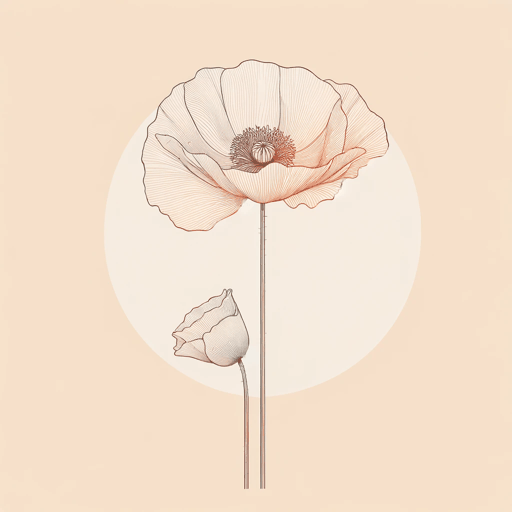17 pages • 34 minutes read
Sylvia PlathTwo Sisters Of Persephone
Fiction | Poem | Adult | Published in 1957A modern alternative to SparkNotes and CliffsNotes, SuperSummary offers high-quality Study Guides with detailed chapter summaries and analysis of major themes, characters, and more.
Summary and Study Guide
Overview
“Two Sisters of Persephone” is a free-verse poem written in 1956 by American poet Sylvia Plath. This was the year of Plath’s marriage to fellow poet Ted Hughes, and the poem might represent some of the doubt and philosophical questions she experienced during this transition in her life. Though the poem references the popular myth of Persephone, it is not a direct mythological retelling; rather, Plath alludes to a story of duality to represent a time of shifting attitudes toward the roles of women and the expectations of society.
Poet Biography
Plath was an American poet and novelist. She is best known for her two poetry collections, The Colossus and Other Poems (1960) and Ariel (released posthumously in 1965), and her coming-of-age novel The Bell Jar (1963). Her final collection, The Collected Poems, was released in 1981. This volume posthumously earned Plath the Pulitzer Prize in Poetry.
Plath was born in 1932 in Boston, Massachusetts. She began her literary career very early, publishing her first poem at eight years old in the children’s section of the Boston Herald. She would later attend Smith’s College, a private women’s college for liberal arts. Through these years she struggled against the stigma placed on women in the arts, and she began her descent into the depression that would grow to characterize her work. She attempted suicide in 1953—the first of many attempts over the course of her short life.
After Smith’s College she moved to London to continue her studies at Cambridge, and it was there that she met fellow poet Ted Hughes. They married in 1956. Plath and Hughes moved briefly to the United States, traveling around the US and Canada, before moving back to England and giving birth to their daughter, Frieda, in 1960. Their second child, Nicholas, was born in 1962. The couple was married for seven years, until Hughes was caught in an affair and they separated in 1962. Six months later, Plath died by suicide.
Though Plath dreamed of being a novelist, her prose work was met with critical indifference at the time of its publication; it was only much later, through a retrospective lens on the events that inspired her work, that her sole novel The Bell Jar became a cult classic. At the time of her death, Plath was working on a second novel, but it was never published. Her legacy has mostly been remembered through her poetry, which was consistently believed to be her literary strength.
Plath has come to be a feminist literary icon and a particular heroine to women who create powerful art despite the ravages of mental illnesses. Though she is most vividly remembered in respect to her violent death, her work continues to inspire new generations of men and women.
Poem Text
Two girls there are: within the house
One sits; the other, without;
Daylong a duet of shade and light
Plays between these.
In her dark wainscotted room,
The first works problems on
A mathematical machine;
Dry ticks mark time
As she calculates each sum;
At this barren enterprise
Rat-shrewd go her squint eyes,
Root-pale her meager frame.
Bronzed as earth, the second lies,
Hearing ticks blown gold
Like pollen on bright air; lulled
Near a bed of poppies,
She sees how their red silk flare
Of petalled blood
Burns open to sun's blade;
On that green altar
Freely become sun's bride, the latter
Grows quick with seed;
Grass-couched in her labour's pride,
She bears a king. Turned bitter
And sallow as any lemon,
The other, wry virgin to the last,
Goes graveward with flesh laid waste,
Worm-husbanded, yet no woman;
Inscribed above her head, these lines:
While flowering, ladies, scant love not
Lest all your fruit
Be but this black outcrop of stones.
Plath, Sylvia. "Two Sisters of Persephone." 1956. Genius.com.
Summary
There are two girls featured in the poem. One sits inside the house, and the other sits outside of it. They are as different as day and night, constantly in contrast with each other.
One girl sits in a dark room inside the house and works at her career. Each moment is marked by the click of keys as she works her mathematical calculations. The work, however, is not rewarding, and she squints in the darkness. Her body grows pale and malnourished. The second girl, by contrast, grows tan as she lies outside. She marks the passing time of her days not by clicking keys, but by the passage of pollen on the wind. She drowses in a field of poppies.
The silky petals of the poppies open to drink in the warm sunlight; against the backdrop of summer grass, the sun permeates the flower. From the sun’s attention, the flower gives birth to a proud and beautiful seed.
The girl who stays indoors grows bitter from her unfulfilling life. She remains a virgin until she is buried in a graveyard with only the worms for company. Though she has grown old, she has not lived as a woman. Above the buried girl’s head is a tombstone warning other women not to waste their lives, to be open to embracing love; if they don’t, they will have nothing to show for the lives they lived.
Related Titles
By Sylvia Plath

Ariel
Sylvia Plath
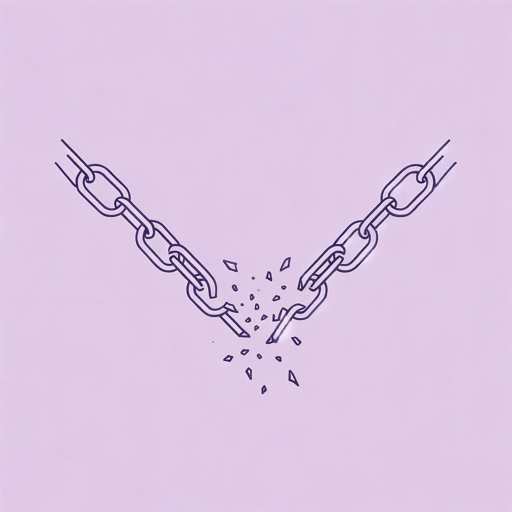
Daddy
Sylvia Plath
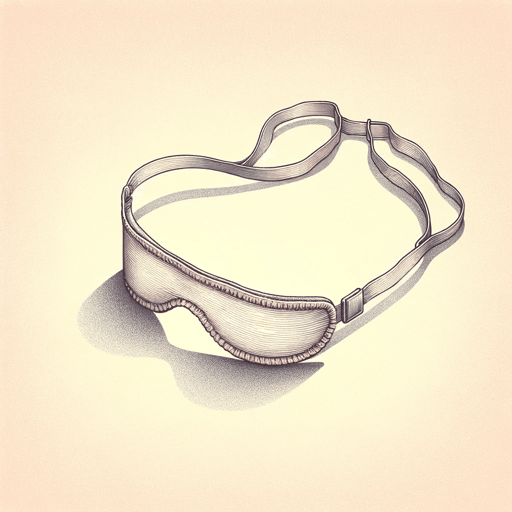
Initiation
Sylvia Plath
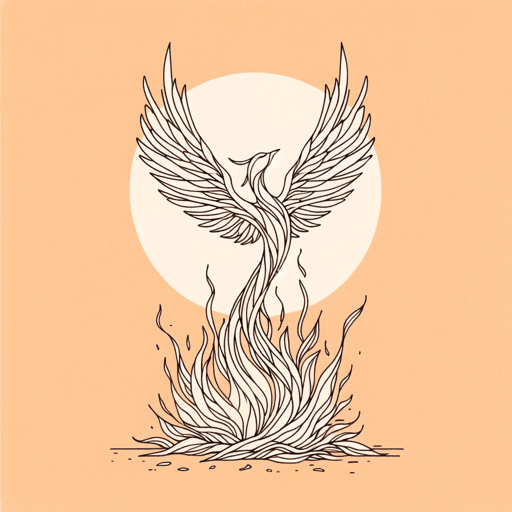
Lady Lazarus
Sylvia Plath

Mirror
Sylvia Plath
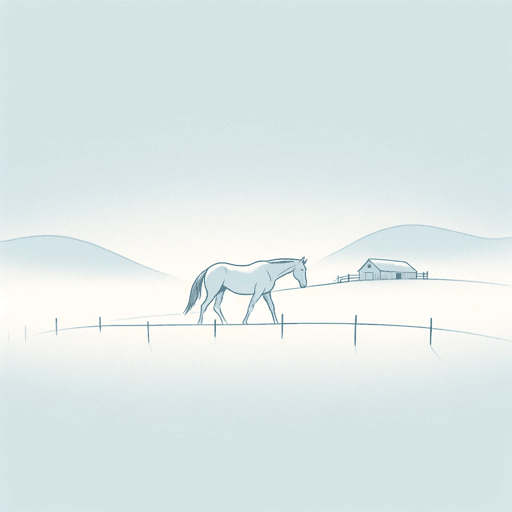
Sheep In Fog
Sylvia Plath
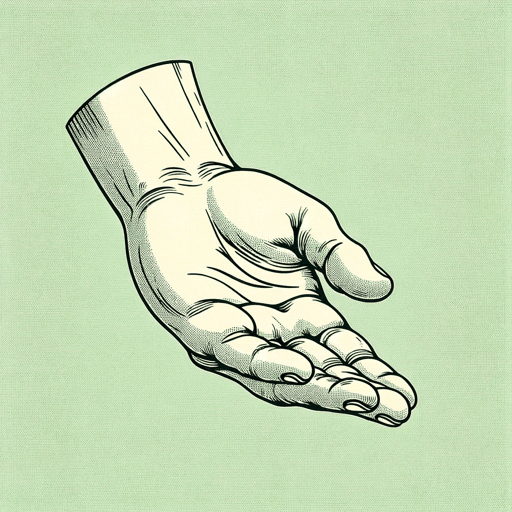
The Applicant
Sylvia Plath
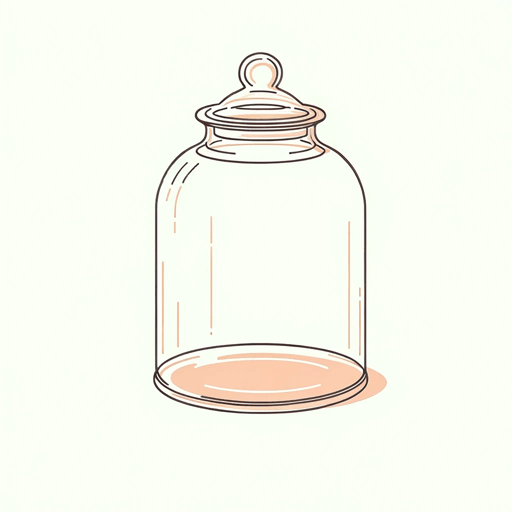
The Bell Jar
Sylvia Plath
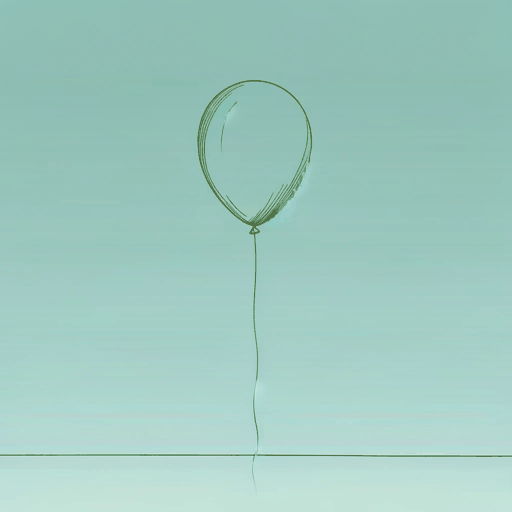
The Disquieting Muses
Sylvia Plath

The Munich Mannequins
Sylvia Plath
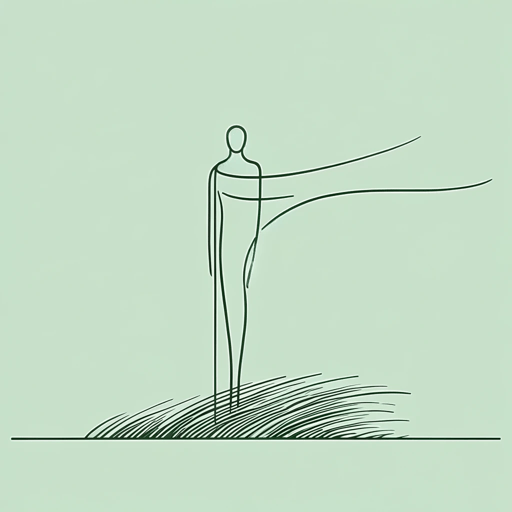
Wuthering Heights
Sylvia Plath
